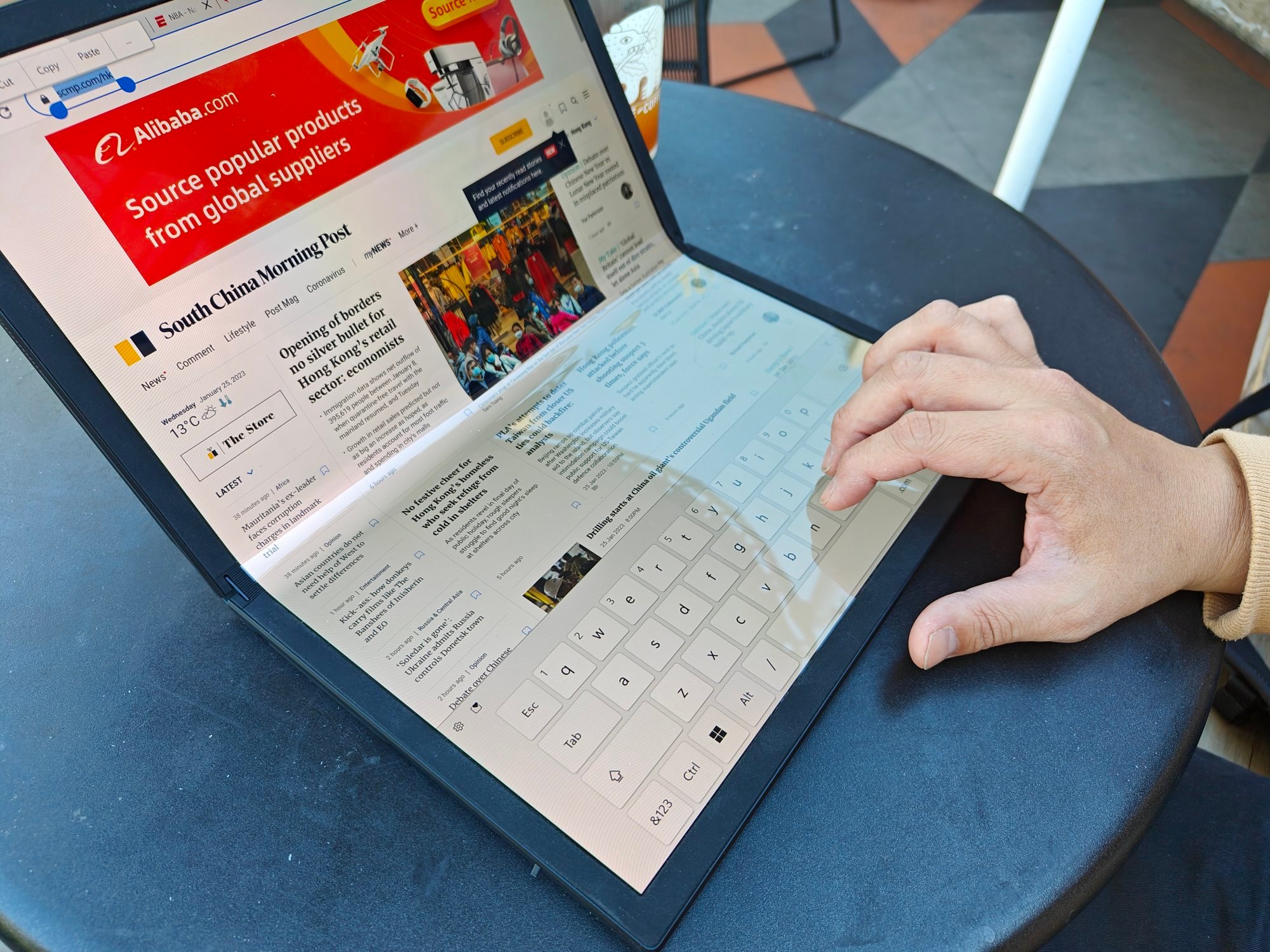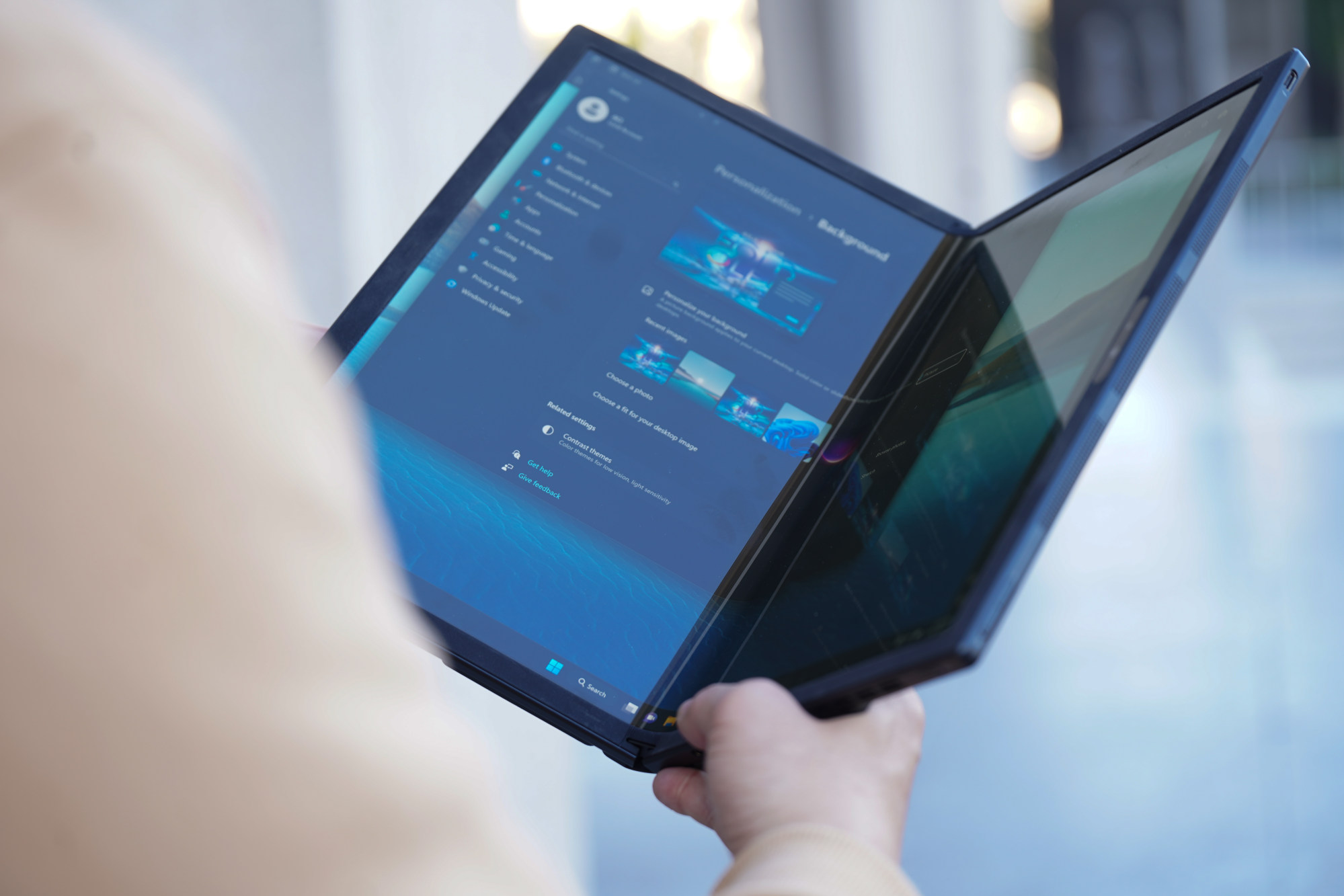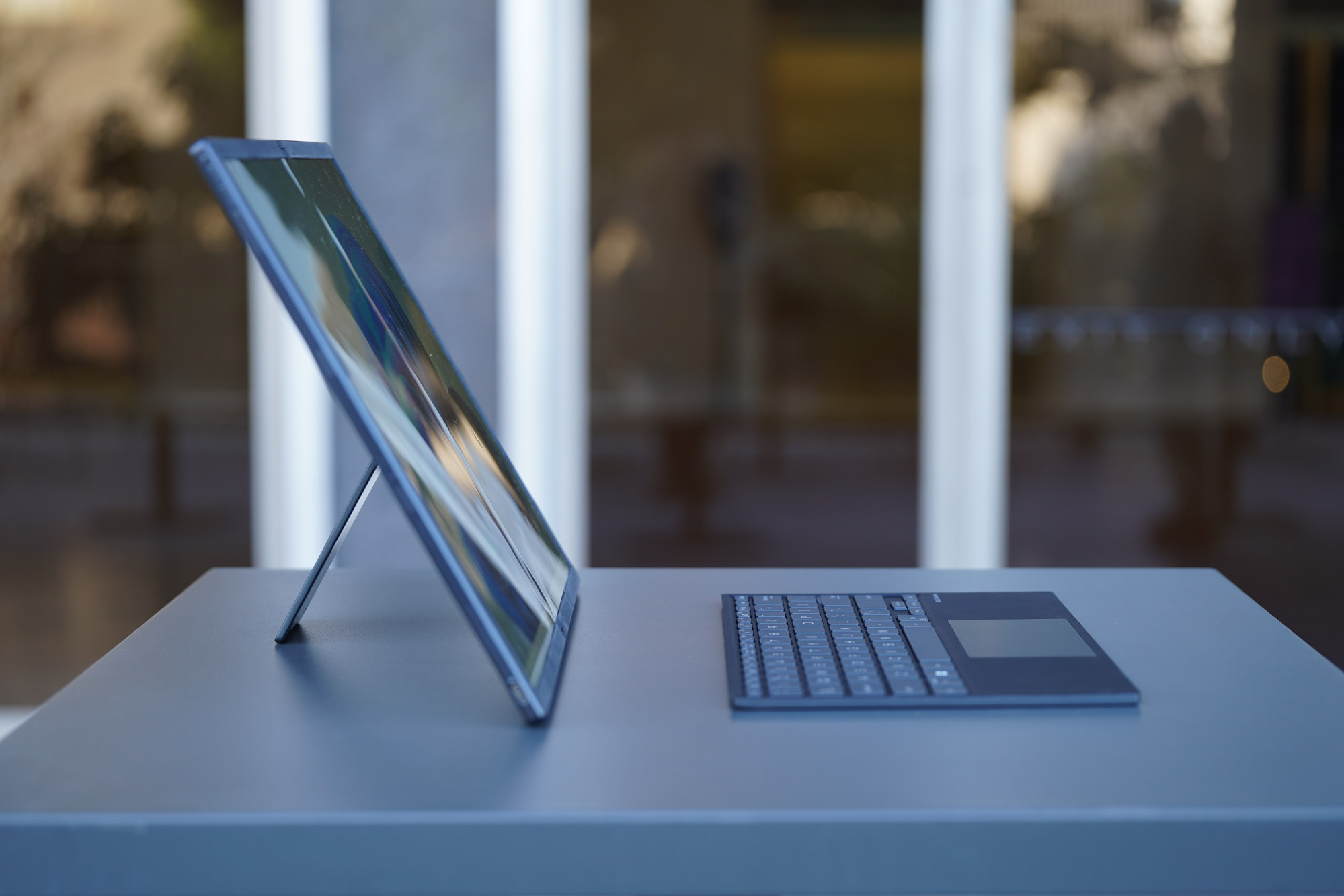
Review | Asus Zenbook 17 Fold OLED review: super cool folding laptop is ideal for digital nomads with US$3,500 to spare, but battery is weak
- With a foldable screen that can serve as a large monitor, a touch screen or regular laptop screen with physical keyboard, the 17 Fold is versatile and useful
- The software is set up for multitasking and the sound quality is great, but the battery doesn’t last long with heavy use and the US$3,500 price tag is too high
Once manufacturers figured out a way to bend a display panel, the technology was quickly adopted for use in smartphones. But arguably, a large screen that can effectively be halved in size by folding makes more sense for a laptop. Who doesn’t want a bigger screen while on the go?
This device is exorbitantly priced at US$3,500, but it is one of the coolest and most useful gadgets I have tested recently. I’m about to go on a month-long work trip across three continents, and I can’t think of a better product as a companion.
Hardware and design

The Zenbook 17 Fold can be best described as a 17.3-inch (43cm) “all-in-one”, a term used by the computing industry to describe monitors with all the computing parts inside and without the need of a separate body.
Normally, a 17.3-inch screen would not be portable, but this screen folds up like a book. When closed, it is quite thick at 17.5mm (and slightly heavy at 1.5kg), but its height and width are manageable and it can fit into just about any backpack’s laptop sleeve.
The hinge is sturdy and steady at any angle; this allows the display to sit in an L shape. Just as on Lenovo’s device, Asus designed a thin wireless keyboard that can be placed on the bottom half of the screen, turning what was a 17.3-inch large screen into a 12.5-inch screen.
The idea is that when you have to work in a tight space, like in a coffee shop or on a plane’s tray table, the smaller will come in handy. But when you have the table space, you can unfold the display for a larger screen. The foldable screen supports touch too, so you can use it as a giant tablet if you so choose.
With a 12th-generation U-series Intel i7 processor and 16GB of RAM, the Zenbook 17 Fold can handle productivity tasks without issues. Without a dedicated graphics card, however, it can only handle light gaming.

Software and performance
The device runs on Windows 11 Pro, and has been customised to play nicely with the shifting form factors. Asus built software named “Display Xpert” that helps you immediately lock apps into a set grid, so you can multitask more easily with the larger canvas.
Having such a large screen really helped my work, as I often write in coffee shops and find 13-inch laptop screens a bit cramped to open multiple windows. In fact, I am writing this review with the Zenbook 17 Fold, with a Word document on half the screen and the other half showing Asus’ website so I can fact-check specifications.

There are two speakers that pump out great sound, so I’ve been using this as a bedside movie-watching machine too.
The battery life is lacking, however, despite the 67Wh battery. If you’re just streaming videos, that’s fine – the machine can go for more than 10 hours. But for heavy work such as opening multiple windows in Chrome, with Slack and Spotify running in the background, I managed to drain 60 per cent of the battery in three hours.
At least charging is easy, with a USB-C Thunderbolt 4 port.


Conclusion
The Asus Zenbook 17 Fold OLED takes an excellent idea started by Lenovo and fine-tunes it into a very usable product. As a digital nomad who enjoys working on a laptop in coffee shops in different cities and countries, having a versatile device that can function as a small laptop or a larger screen computer has proven very useful.
But don’t jump on this purchase just yet, as the price is far too high. You really need to be a tech enthusiast, with money to spare, to justify buying this when a “normal” laptop with more processing power and longer battery life can be had for half the price.
Nevertheless I am excited for the future of the foldable PC. Just like foldable phones, prices will drop eventually. That is probably still a few years away, though.
Consider this a tease of what’s to come in computing.

